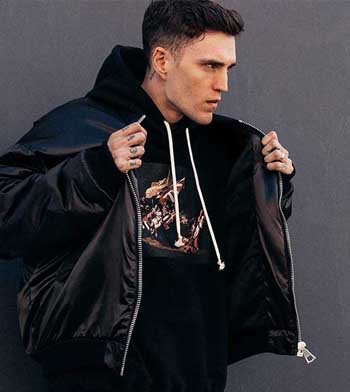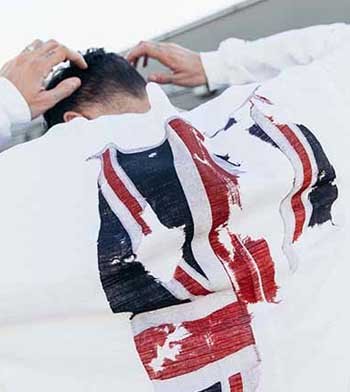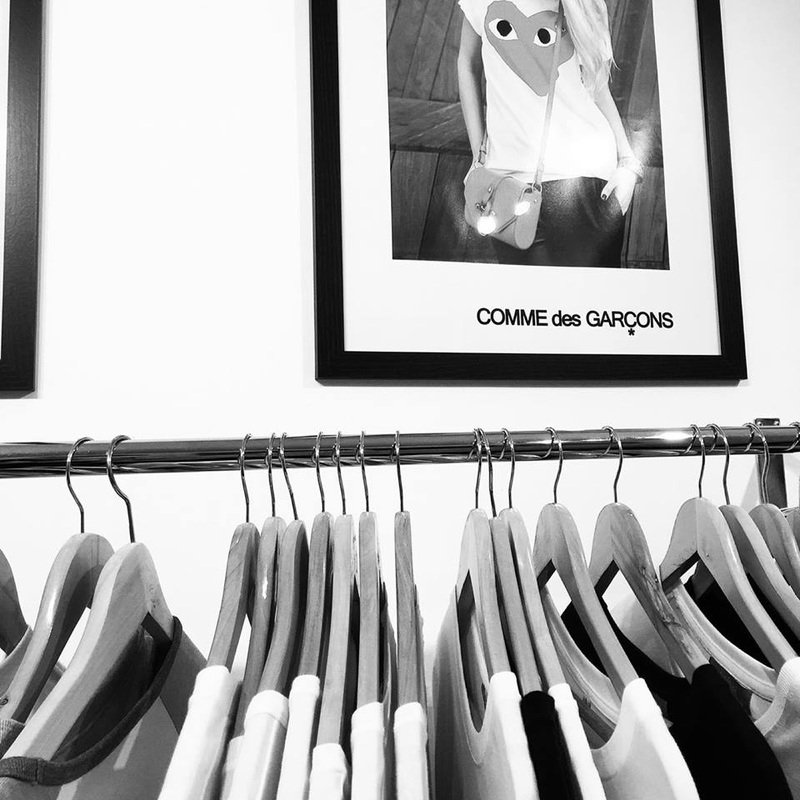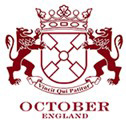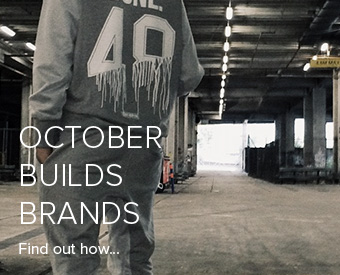Flick through the Carhartt Workwear Catalogue
Click here to Download the Carhartt Workwear Catalogue
The year 1889 was a time of steel, smoke, and locomotives.
Starting with only 2 sewing machines and 5 employees, Hamilton Carhartt established Hamilton Carhartt & Company. At first, he failed. But after asking railroad workers what exactly they needed, he succeeded. Under the motto “Honest value for an honest dollar,” the Carhartt union-made bib overall was created, and with it an ideal garment for workers.
By 1910 Carhartt had grown to include mills in South Carolina and Georgia, as well as sewing facilities in Atlanta, Detroit, Dallas, San Francisco, Walkerville, Toronto, Vancouver, and Liverpool. A Paris facility and a New York office and warehouse followed later.
From the early 1900s, Hamilton Carhartt developed an interest in cars. He began constructing his own line of automobiles in 1911 under the company name Carhartt Automobile Corporation. After two years, the company failed but ever resilient, Hamilton continued to grow his clothing line.
The company offered the government the use of seven Carhartt facilities to create uniforms for the U.S. military in World War I (and later denim for the U.S. Navy and workwear for women entering the workforce during World War II).
The legendary Carhartt Chore Coat was introduced in 1923. It remains largely unchanged to this day.
In 1929 the stock market collapsed, an event as brutal to Carhartt as it was to the rest of the country. The company came close to shutting its doors for good. Keeping the business alive was a testament to the tenacity, passion and ingenuity of Hamilton and his sons. Together, they created the B01 Men’s Firm Duck Double-Front Dungaree in 1932; a pant that is still in the Carhartt stable. Despite the Great Depression, Hamilton greatly supported workmen’s rights, women’s right to work in the workplace, and 8-hour workdays.
“I BELIEVE THAT WHEN A MAN WEARS AN ARTICLE THAT I MANUFACTURE, HIS SELF-RESPECT IS INCREASED BECAUSE HE KNOWS THAT IT IS MADE BY AN HONEST MANUFACTURER, WHO IS HONEST WITH HIS EMPLOYEES”. – HAMILTON CARHARTT
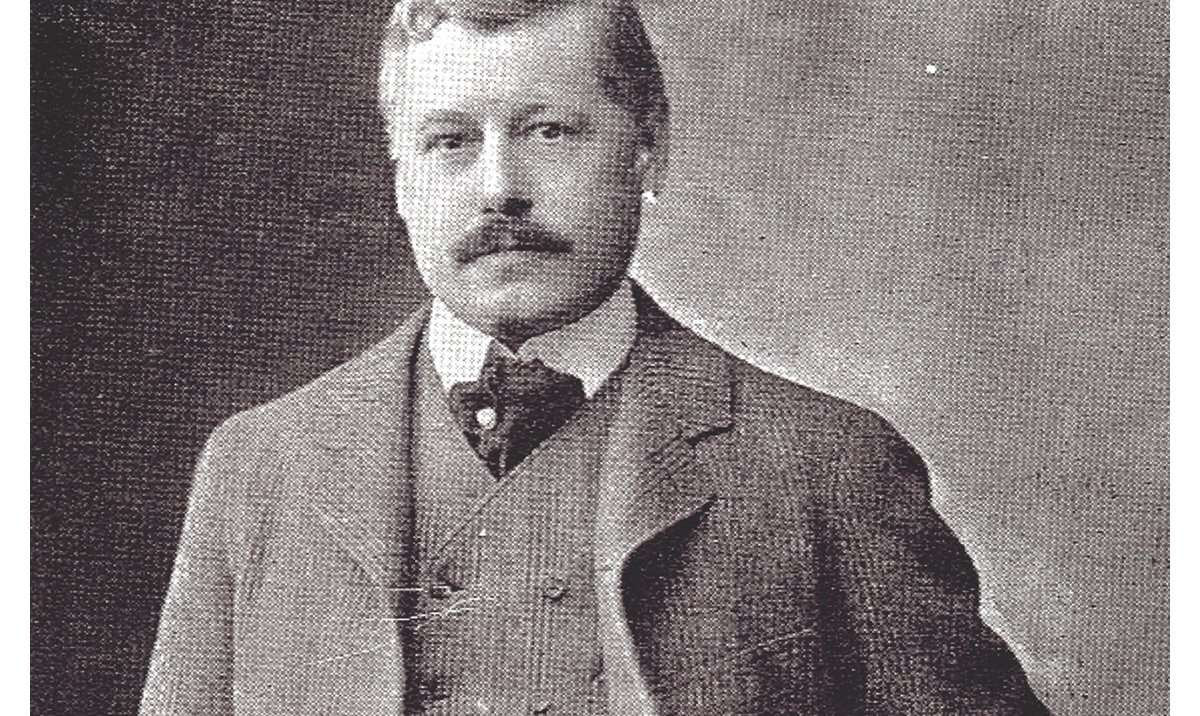
At Hamilton’s death in 1937, his son Wylie took over. Wylie had played a crucial role in the “Back to the Land” program, which led to the opening of new operations in Kentucky. It was an attempt to “save the country from its appalling poverty and distress” and to offer workers healthier conditions at union rates far away from the slums and sweatshops. Four sewing and cutting facilities are still operating in Kentucky and Tennessee to this day. Wylie was also instrumental in creating the Super Dux and Super Fab hunting lines.
Wylie’s daughter Gretchen Carhartt married Robert Valade who assumed leadership in 1959. In 1972, Robert Valade, VP of Sales Gus Feles, and EVP of Manufacturing Don Rasinen formed a nucleus that changed the face of Carhartt forever. They bought Carhartt’s first “modern” production facility and were able to do a significant private label business for several stores including Sears, J.C. Penney and Montgomery Ward. This allowed Carhartt the necessary revenue to continue to expand its production. In 1976, the hard-finish duck Active Jac was introduced in a “Hoodie” form; the style remains the top-selling jacket for Carhartt today.
In the 70’s, the Alaska Pipeline helped grow the brand and Carhartt showed the world it could survive and thrive in the most rugged corners of the world.
The Carhartt brand became popular with consumers outside blue-collar trades in the 70’s and 80’s. More people began to learn about the brand as big names in the music industry started to wear Carhartt. This led to the creation of the Carhartt Work In Progress line, which is targeted toward consumers in Europe and Asia who value refined details and design that remain true to Carhartt brand origins.
In 1996, Mark Valade became the President of Carhartt. Mark heralded the company into the global era with the formation of European operations and Internet technologies. He launched Carhartt-owned retail stores, a full women’s line, and our extremely successful Flame-Resistant line of garments. Ever the visionary, he introduced new technologies such as Quick Duck®, Storm Defender®, Rain Defender®, Carhartt Force®, and others.
With entrepreneurial vision and determination, Hamilton Carhartt and the next three generations of Carhartts have established a brand that has stood the test of time.
Carhartt employs 2,300 American workers, more than 1,000 UFCW union members. Our “Made in the USA” line is inspired by American workers and features seven of our most iconic garments. This line is built in four factories in Kentucky and Tennessee.
Carhartt. Outworking them all since 1889.

